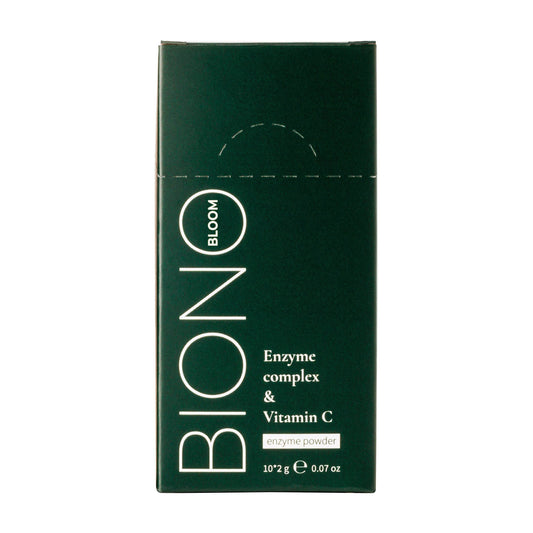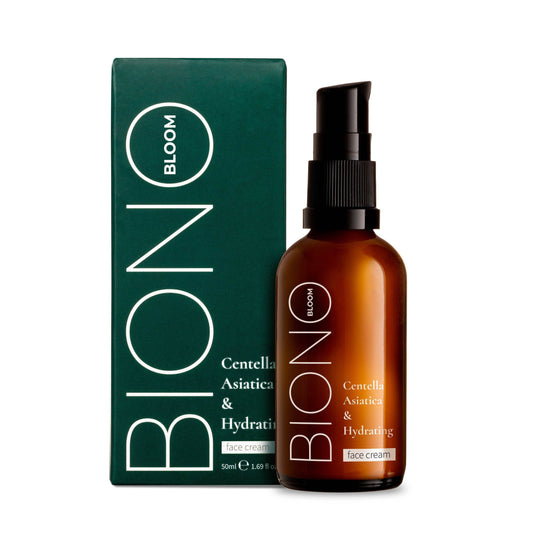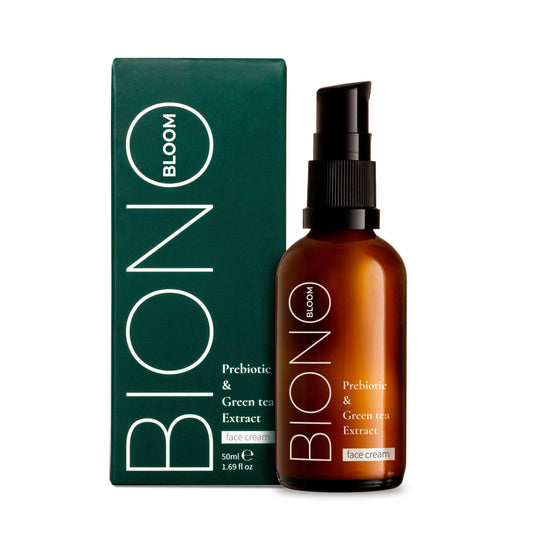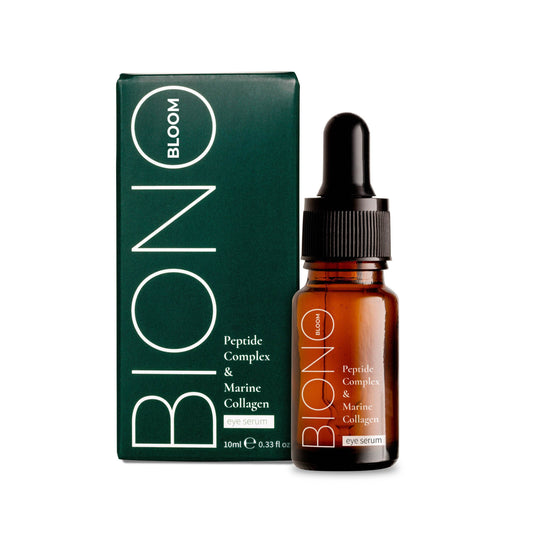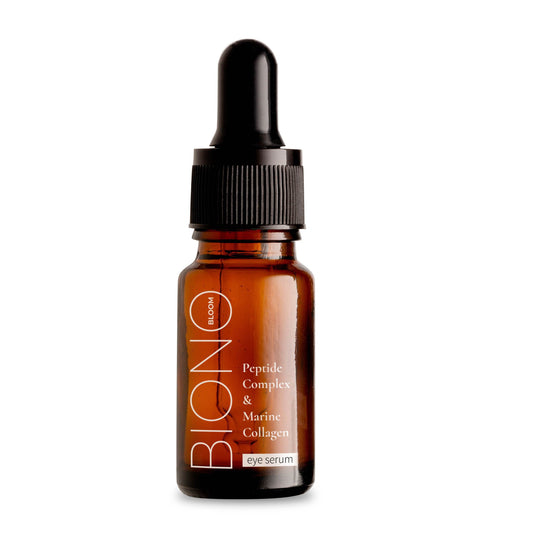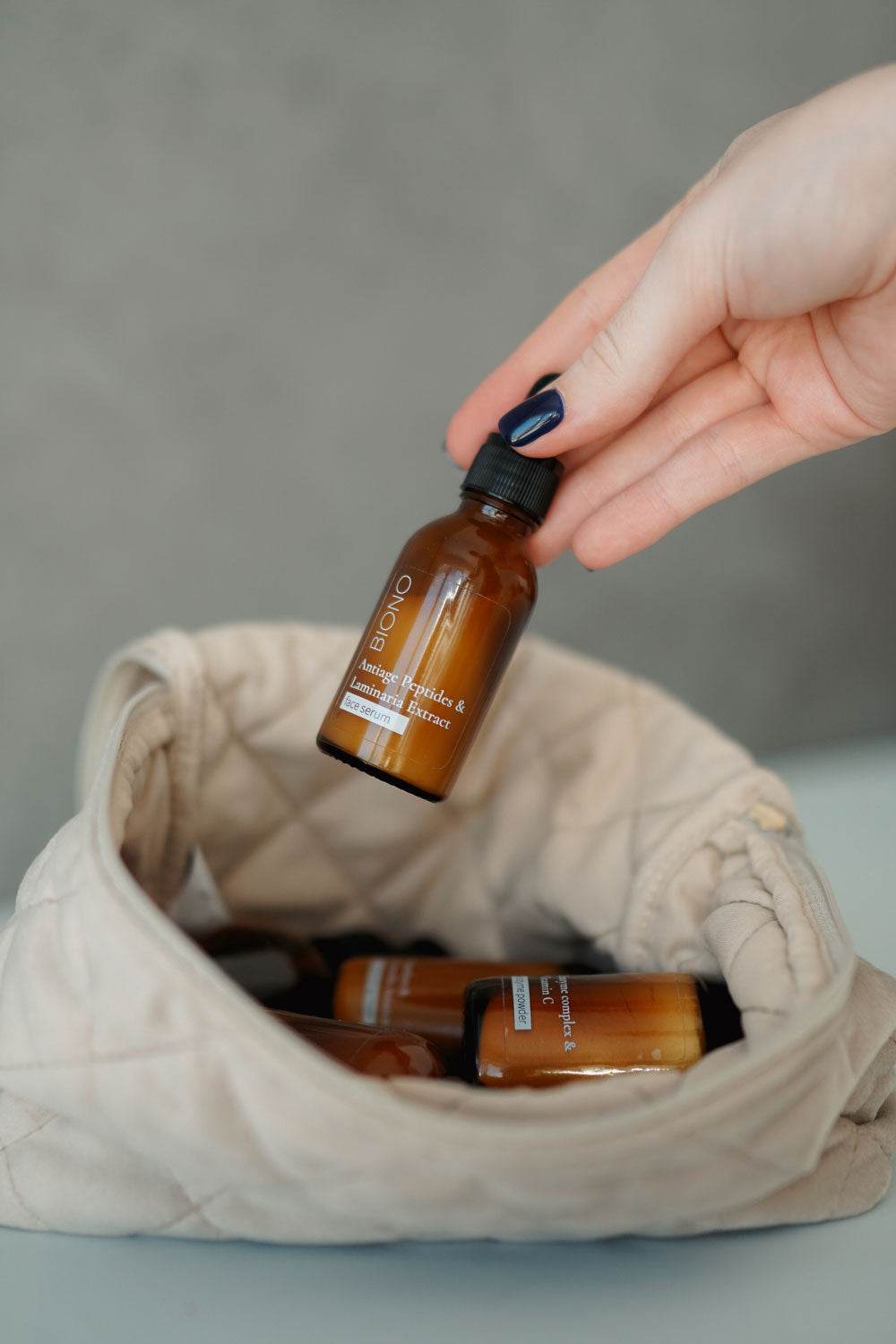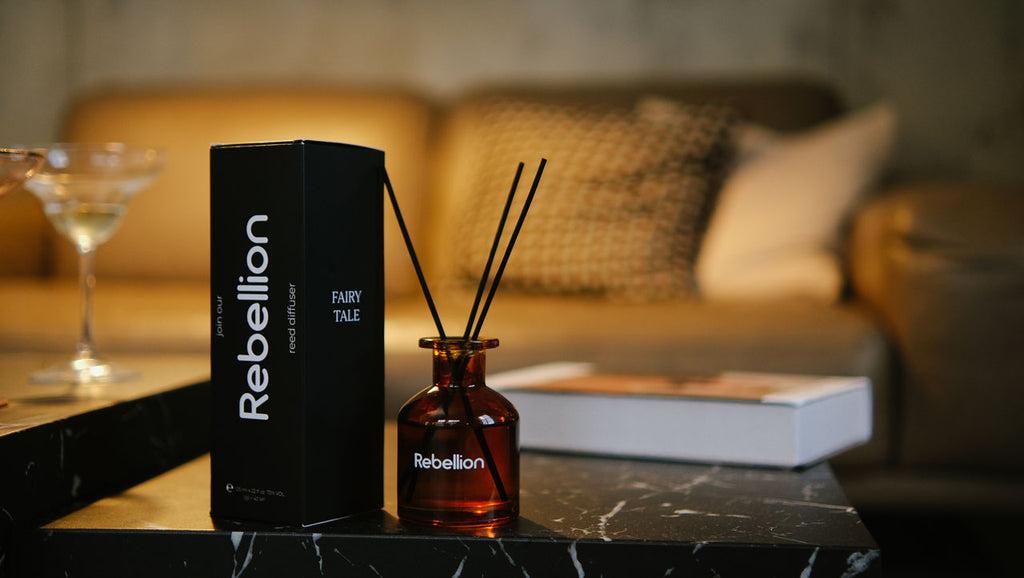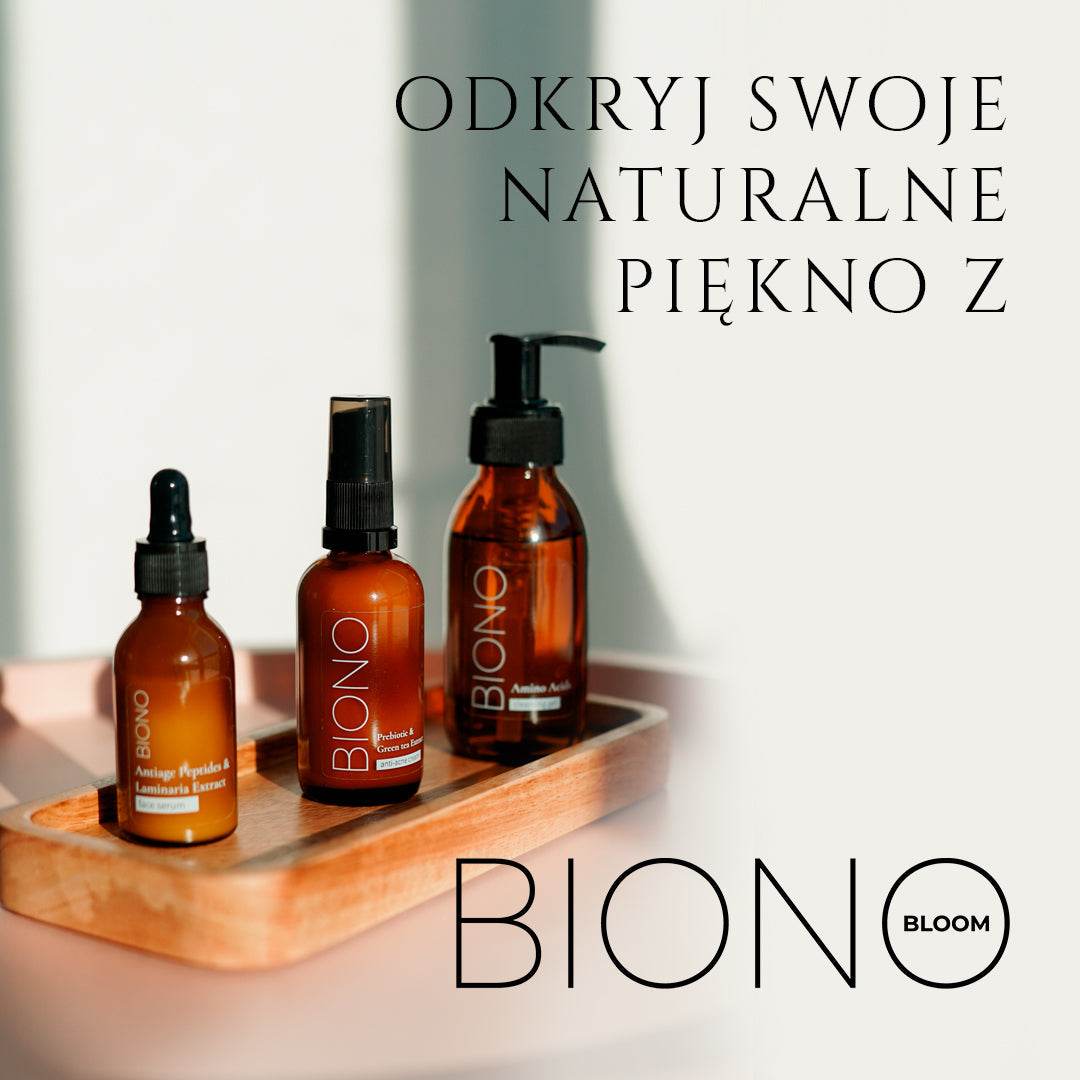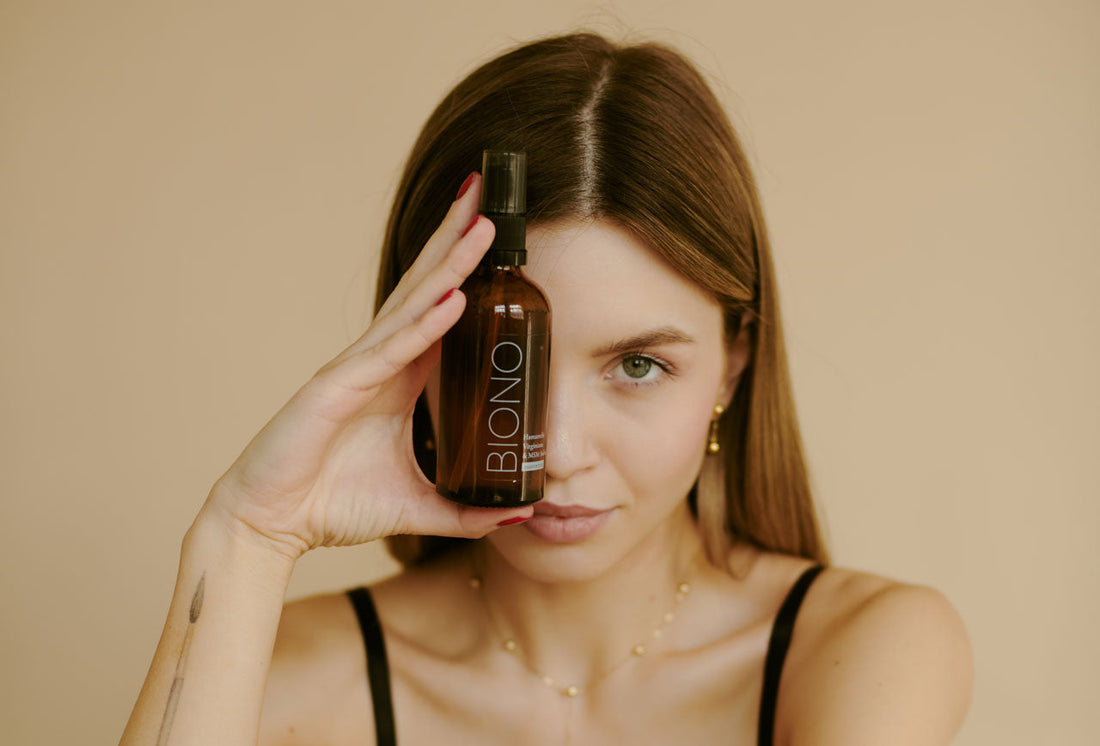
Anti-aging cosmetics: a complete guide to effectively combating skin aging
Share
In the era of modern cosmetology, anti-aging cosmetics have ceased to be the privilege of a select few and have become an essential element of conscious skin care for every woman and man. Today's technologies allow not only to slow down the aging process but also to reverse its visible effects, restoring the skin's youthful appearance and vitality.
The Science of Skin Aging: Understanding the Processes
Skin aging is a complex biological process that can be compared to the slow grinding to a halt of a precise clockwork. As we age, the production of collagen and elastin—the proteins responsible for skin firmness and elasticity—decreases by as much as 1-2% per year after the age of 25. At the same time, cell renewal slows down, lasting approximately 28 days in young skin and extending to 40-50 days with age.
The aging process occurs at several levels: intrinsic aging is determined by genes and natural biological processes, while extrinsic aging results from environmental factors. UV radiation, pollution, oxidative stress, and an unhealthy lifestyle can accelerate aging by up to a decade. Free radicals attack cellular structures, causing DNA damage and the degradation of structural proteins.
Hormonal changes, especially the decline in estrogen levels in menopausal women, drastically affect the condition of the skin. Estrogen stimulates the production of collagen and hyaluronic acid, so their deficiency leads to rapid volume loss, the appearance of wrinkles, and changes in skin texture. Understanding these mechanisms allows for the effective selection of anti-aging cosmetics that can replace or support natural regenerative processes.

Key active ingredients in anti-aging cosmetics
Retinol and its derivatives (retinoids) are considered the gold standard in anti-aging cosmetics. These vitamin A derivatives accelerate cell renewal, stimulate collagen production, and reduce the appearance of wrinkles and discoloration. Retinol works by regulating the expression of genes responsible for the synthesis of structural skin proteins. Newer forms, such as retinyl palmitate and bakuchiol (plant-derived retinol), offer similar benefits with a reduced risk of irritation.
Peptides are another revolutionary group of anti-aging ingredients. These short chains of amino acids act as "communicators" for skin cells, instructing them to increase the production of collagen, elastin, and hyaluronic acid. Signal peptides (like Matrixyl) stimulate the synthesis of structural proteins, carrier peptides deliver nutrients, and neurotransmitter peptides (like Argireline) have a relaxing effect on facial muscles.
In anti-aging cosmetics, vitamin C serves as a powerful antioxidant and collagen synthesis stimulator. Stable forms, such as magnesium ascorbyl phosphate and sodium ascorbyl phosphate, offer long-lasting protection against free radicals and brighten discolorations. Alpha hydroxy acids (AHAs) such as glycolic and lactic acid gently exfoliate dead skin cells, revealing fresher cells and stimulating cell renewal.
- Retinol: stimulates cell renewal and collagen production
- Peptides: Cellular Communication and Regeneration
- Vitamin C: antioxidant protection and brightening
- Hyaluronic acid: intense hydration and filling
- Niacinamide: regulates sebum and improves skin texture
Anti-aging routine by age
Anti-aging prevention should begin between the ages of 25 and 30, when the aging process is just beginning. During this period, gentle active ingredients in low concentrations are sufficient—vitamin C in the morning for antioxidant protection, a light serum with hyaluronic acid for hydration, and a cream with UV protection. Retinol can be introduced gradually, starting with low-concentration products (0.1-0.3%) used 1-2 times a week.
After age 35, when the first signs of aging become visible, your routine needs to be intensified. It's time to introduce stronger forms of retinol (0.5-1%), peptides that stimulate collagen synthesis, and regular exfoliation with AHA acids. It's also important to use eye creams with caffeine or peptides and regenerating masks two to three times a week. Dietary supplementation with collagen and hyaluronic acid can enhance the effectiveness of cosmetics.
Mature skin (50+) requires a comprehensive approach using the most advanced technologies. Powerful retinoids, high concentrations of peptides, growth factors, and stem plant cells are essential. Textures must be richer and more nourishing, and the routine should include specialized treatments like needle-free mesotherapy and microneedling devices. Regular dermatological checkups and, if necessary, aesthetic medicine treatments are also crucial.

Building an effective anti-aging routine
Your morning anti-aging routine should focus on protecting your skin from external factors and preparing it for the day. Start with a gentle cleanse, then apply a toner to balance the skin's pH. A vitamin C serum provides antioxidant protection, and a peptide-based moisturizer supports regeneration. A cream with high UV protection (minimum SPF 30) is essential, as it protects against photoaging.
Your evening routine is a time for intensive regeneration and damage repair. After thoroughly removing makeup and cleansing, we apply active ingredients in the appropriate order – from lightest to thickest consistency. A serum with retinol or peptides is applied to cleansed skin, followed by a moisturizer to "seal" the active ingredients. Once a week, it's a good idea to replace your night cream with a regenerating mask.
The key to success is consistency and gradual introduction of new ingredients. Skin needs time to adapt, especially to strong active ingredients like retinol or acids. The "less is more" principle works better than using multiple aggressive ingredients simultaneously. It's also important to adapt your routine to the seasons – in summer, we need more UV protection and lighter textures, and in winter, more intense hydration and nourishment.
Technological innovations in anti-aging cosmetics
Modern anti-aging cosmetics utilize advanced active ingredient delivery systems. Nanotechnology allows for the encapsulation of tiny particles into microscopic capsules, which release ingredients gradually and specifically. Liposomes and niosomes are lipid spheres that can transport both hydrophilic and lipophilic ingredients deep into the skin, bypassing the natural epidermal barrier.
Biotechnology introduces ingredients derived from plant, bacterial, and fungal cell cultures into cosmetics. Plant stem cells from Swiss apples or grapes stimulate skin stem cell renewal. Biomimetic peptides mimic natural cellular signals, and growth factors derived from cell cultures can reverse aging processes at the molecular level.
Personalization is becoming the future of anti-aging cosmetics. Genetic analysis can reveal predispositions to specific types of aging, allowing for the selection of active ingredients perfectly tailored to individual needs. Artificial intelligence analyzes thousands of skin photos, predicting skin behavior and recommending optimal ingredients. Some brands already offer custom-blended cosmetics based on skin scans and AI algorithms.
Natural vs. Synthetic Ingredients in Anti-Aging
The debate between natural and synthetic ingredients in anti-aging cosmetics is inconclusive. Natural ingredients such as plant oils, herbal extracts, and fruit vitamins have a long history of use and are well-tolerated by the skin. Argan oil, rosehip oil, and green tea extract are proven ingredients with documented anti-aging effects.
However, synthetic ingredients often offer greater stability, purity, and effectiveness. Synthetic retinol is more stable than natural vitamin A, while laboratory peptides can be designed to perform very specific functions. Biotechnologically derived hyaluronic acid is identical to natural hyaluronic acid, but purer and safer than that extracted from rooster combs.
The best anti-aging cosmetics combine both approaches, utilizing the synergy of natural and synthetic ingredients. Natural oils and extracts support the skin barrier and provide antioxidants, while synthetic peptides and retinoids provide targeted anti-aging benefits. More important than the ingredient's origin are its effectiveness, safety, and the way it is formulated in the final product.
Selection of cosmetics according to skin type
Normal to combination skin responds best to balanced formulas with moderate concentrations of active ingredients. Serums with 10-15% vitamin C, retinol at 0.5-1% concentration, and lightweight creams with peptides are ideal choices. It's important to avoid overdrying the T-zone while providing sufficient moisture to the drier areas of the cheeks and eye area.
Dry and sensitive skin requires a more gentle approach, with an emphasis on rebuilding the skin barrier. Ceramides, cholesterol, and free fatty acids should be the foundation of every product. Retinol can be replaced with bakuchiol or retinyl palmitate, and AHAs with gentle fruit enzymes. Textures should be rich and nourishing, and active ingredients should be introduced gradually and in low concentrations.
Oily and blemish-prone skin can tolerate higher concentrations of active ingredients and benefits from sebum regulation. Niacinamide, salicylic acid, and zinc are ingredients that combine anti-aging benefits with oil control. Retinol not only reduces wrinkles but also refines pores and evens skin texture.
- Normal skin: balanced formulas with moderate concentrations
- Dry Skin: Focus on Barrier Rebuilding and Gentle Ingredients
- Oily skin: higher concentrations of active ingredients and sebum control
- Sensitive skin: minimalist formulas with soothing ingredients
- Mature skin: high concentrations and advanced technologies
The most common mistakes when using anti-aging cosmetics
One of the biggest mistakes is introducing strong active ingredients too quickly without a proper adaptation period. Retinol, acids, or high concentrations of vitamin C can cause irritation, redness, and flaking if the skin is not prepared. Proper introduction means starting with the lowest concentration, using every 2-3 days, and gradually increasing the frequency as the skin tolerates it.
Mixing incompatible ingredients is another common mistake. Retinol with AHA/BHA acids, vitamin C with niacinamide in high concentrations, or benzoyl peroxide with retinol can all neutralize each other or cause irritation. It's crucial to follow the "one active ingredient per application" rule or use proven combinations in ready-made products.
Neglecting sun protection completely negates the effects of even the most expensive anti-aging cosmetics. UV radiation is the leading cause of premature aging, and the use of active ingredients increases skin's photosensitivity. A daily sunscreen is an absolute must-have, regardless of the season or weather. Active ingredients often increase sun sensitivity, making protection even more important.
Anti-aging cosmetics - an investment in the future of your skin
Anti-aging cosmetics represent one of the most dynamically developing fields of modern cosmetology, offering increasingly advanced and effective solutions for all skin types and ages. The key to success, however, lies not in the most expensive cream or the latest ingredient, but in a thoughtful approach based on understanding individual skin needs and systematic use of carefully selected products.
Investing in high-quality anti-aging cosmetics pays off not only in improved skin appearance but also in increased self-confidence and mental well-being. Regular use of proven active ingredients can not only slow down the aging process but also reverse its already visible signs. The most important thing is to begin preventative care as early as possible and maintain it consistently.
The future of anti-aging cosmetics will bring even more personalized solutions, advanced ingredient delivery technologies, and innovative active ingredients. However, the basic principles—sun protection, consistent care, and patience while waiting for results—will remain unchanged. Remember, the best anti-aging cosmetics are those you use regularly and that are tailored to your individual needs and skin type.


